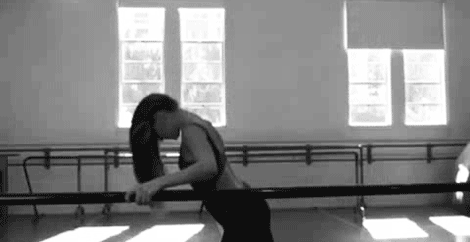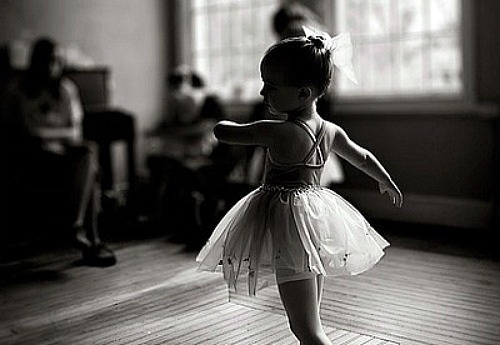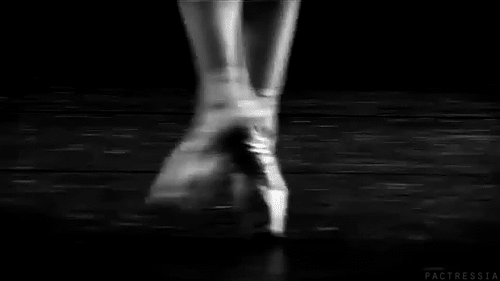Dance/Movement Therapy
Dance/movement therapy, or dance therapy is the psycho therapeutic use of movement and dance for emotional, cognitive, social, behavioral and physical conditions. As a form of expressive therapy, DMT is founded on the basis that movement and emotion are directly related. The ultimate purpose of DMT is to find a healthy balance and sense of wholeness.
Since its birth in the 1940s, DMT has gained much popularity and has been taken to more serious and beneficial levels. Over the years, the practices of DMT have progressed, however, the main principles that founded this form of therapy have remained the same. Influenced by the “main principles” of this therapy, most DMT sessions are configured around four main stages: preparation, incubation, illumination, and evaluation. Organizations such as the American Dance Therapy Association and the Association for Dance Movement Therapy, United Kingdom maintain the high standards of profession and education throughout the field. DMT is practiced in places such as mental health rehabilitation centers, medical and educational settings, nursing homes, day care facilities, and other health promotion programs. This form of therapy which is taught in a wide array of locations goes farther than just centering the body. Specialized treatments of DMT can help cure and aid many types of diseases and disabilities. Other common names for DMT include: movement psychotherapy and dance therapy.



The theory of DMT is based upon the idea that “the body and mind are inseparable”.
“Dance movement therapy rests on certain theoretical principles. These are:
- Body and mind interact, so that a change in movement will affect total functioning
- Movement reflects personality
- The therapeutic relationship is mediated at least to some extent non-verbally, for
- example through the therapist mirroring the client’s movement
- Movement contains a symbolic function and as such can be evidence of unconscious process
- Movement improvisation allows the client to experiment with new ways of being
- DMT allows for the recapitulation of early object relationships by virtue of the largely non-verbal mediation of the latter”
Through the unity of the body, mind, and spirit, DMT provides a sense of wholeness to all individuals.
The Creative Process
The creative process has four stages, which occur during DMT. Each stage contains a smaller set of goals which correlate to the larger purpose of DMT. The stages and goals of DMT vary with each individual. Although the stages are progressive, the stages are usually revisited several times throughout the entire DMT process. The four stages are:
- Preparation: the warm-up stage, safety is established
- Incubation: relaxed, let go of conscious control, movements become symbolic
- Illumination: meanings become apparent, can have positive and negative effects
- Evaluation: discuss significance of the process, prepare to end therapy

- DMT can be used to heal serious disorders and diseases. Although DMT is promoted to reduce stress and center the body, this therapy is very effective in helping to heal other disabilities and diseases. Examples of these include:
- Autism: therapists connect on a sensory-motor level, provides a sense of acceptance and expands skills and cognitive abilities, increases maturity
- Learning Disabilities: develops better organizational skills, learns/experiences control and choice, higher self confidence, new inspirations to learn
- Mental Retardation: improves body image, social skills, coordination, and motor skills, promotes communication
- Deaf and Hearing Impaired: reduces feelings of isolation, provides inspiration for relationships
- Blind and Visually Impaired: improves body image, motor skills, and personal awareness
- Physically Handicapped: improves motor skills and body image, provides a way to communicate and express emotions
- Elderly: provides social interaction, expression, and exercise, alleviates fears of loneliness and isolation
- Eating Disorders: alters distorted body images which helps end destructive behaviors, discovers symbolic meanings behind disorder/food
- PTSD: weaves together past and present through symbolism in a “safe place” to confront painful memories
- Parkinson's Disease: uses rhythm to help reduce body dysfunctions which improves motor abilities, balance, and use of limbs
- Holistic Birth Preparation: implores relaxation techniques to reduce anxiety, learn breathing techniques and release energy, builds confidence to help cope with labor, birth and early parenting
- Dementia: improvement in articulacy, oral and body language communication and increased pleasure/enjoyment of activities as well as an increase in involvement of activities
- Depression: reduces stress, anxiety, number of visits to the doctor, medication intake; help build and strengthen bonds and relationships
No comments:
Post a Comment